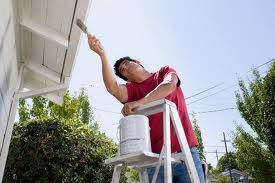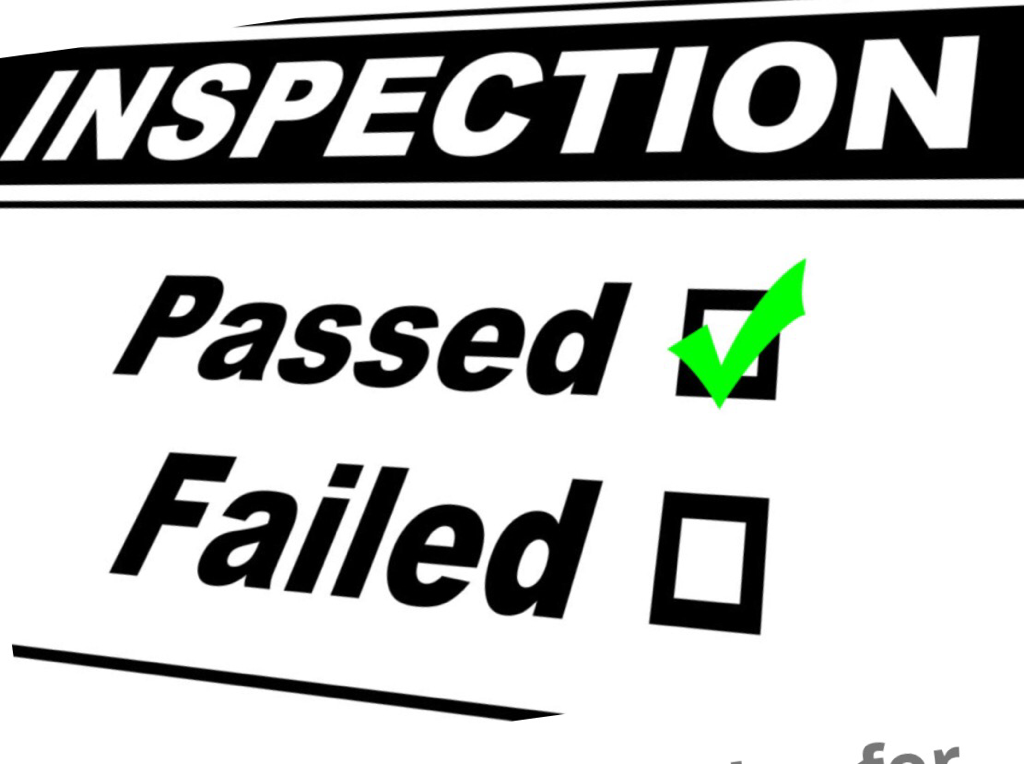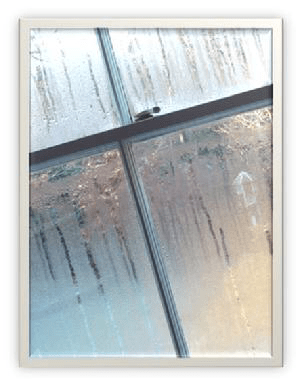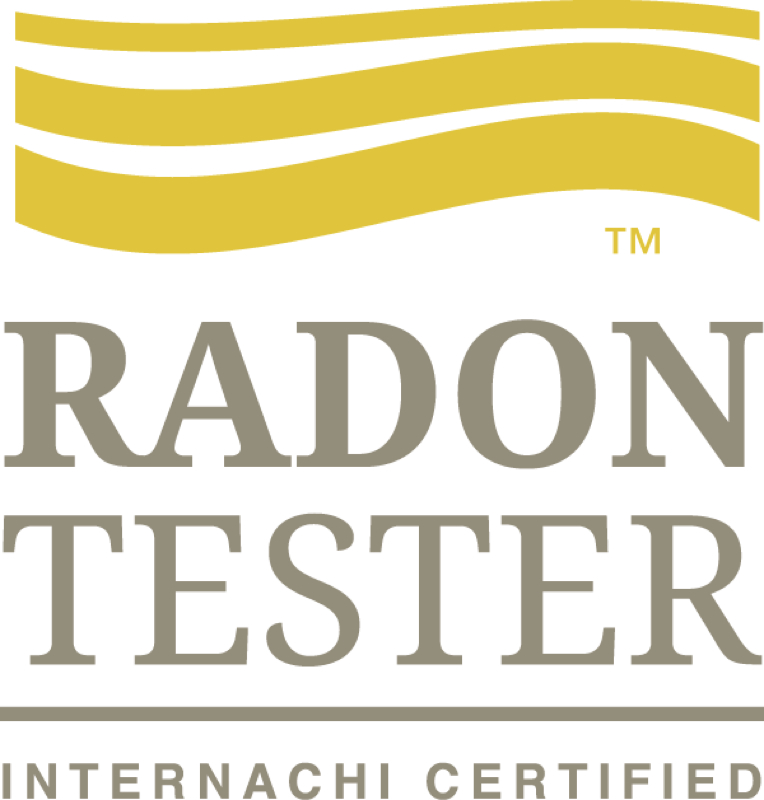After the snows and storms of winter, it’s always a relief to know that Spring is on the horizon once more. However, it’s important to realize that in most parts of the country, even those with gentle weather, the punishing winter season has nevertheless had an effect on your home. For this reason, there are a number of things you should consider accomplishing this Spring in order to prepare your home for the coming warmer months ahead.
To help you to ensure that your home is both safe and in tip-top shape, follow this easy and convenient checklist of home maintenance and repair tasks to accomplish before Spring.
- Inspect your windows, and around your windows, for leaks or cracks. Repairing these will not only increase home safety but will save energy and improve your air quality, as well. Consider upgrading your doors and windows for added safety (and better air quality), as well.
- Inspect your fences and gates, and mend or reinforce any weak spots you encounter. Doing so will not only discourage criminals but may potentially add property value, as well.
- Inspect and replace your exterior lighting bulbs. This is vital for maintaining your home safety, as dark spots or badly lit exteriors can signify a lack of vigilance and may attract thieves.
- Inspect and clean your vents and ducts (you’ll need a professional handyman or service Pro to help with this particular task). This task is vital not only for your home’s air quality but also to help prevent the buildup that can become a serious fire risk.
- Check your carbon monoxide and smoke detectors for overall functionality, and replace batteries. Also check for the presence of sewer gases in your home, too.
- Inspect your Air Conditioner to ensure that it’s in good shape for use. You’ll also want to clean or change your A/C filters at this time, as well.
- Clean your gutters and downspouts, as the snows and storms of winter can commonly leave these blocked with leaves, branches, and other detritus.
- Clean your carpets to freshen up for Spring and improve your overall air quality. It’s amazing what a difference a clean carpet can make to your everyday well-being.
- Inspect key appliances and components around the home, from earthquake valves to electrical panels (for correct sizing and wiring, overall electrical health, and more), to your hot water heater, stove, and other appliances. Be sure to ask for a careful look at your hot water heater’s strapping and venting when getting help from a Pro on this, especially in earthquake zones.
- Check your Garage Door for proper auto shutoff sensors, as well as for worn-out springs.










 RSS Feed
RSS Feed
